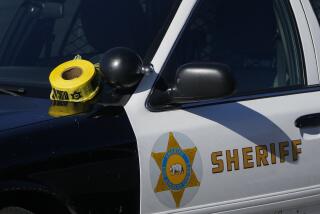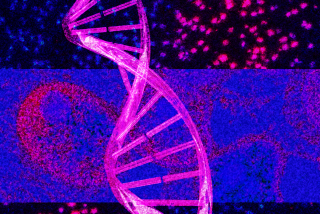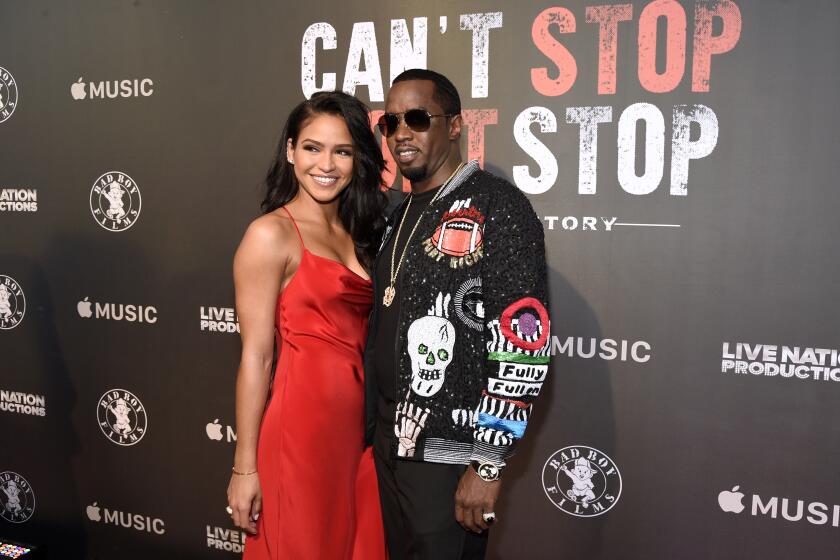FBI admits it gave flawed hair-analysis testimony in hundreds of trials
- Share via
Reporting from Washington — The Justice Department and FBI have formally acknowledged that nearly every examiner in the FBI Laboratory’s microscopic hair comparison unit gave flawed testimony in almost all trials in which they offered evidence against criminal defendants over more than a two-decade period before 2000, The Washington Post reported.
Twenty-six of the 28 examiners overstated forensic matches in ways that favored prosecutors in more than 95% of the 268 trials reviewed so far, the Post reported Saturday, citing information from the National Assn. of Criminal Defense Lawyers and the Innocence Project.
The organizations are assisting the government with the post-conviction review of questioned forensic evidence and provided the statistics under an agreement with the government to release results after the review of the first 200 convictions, the Post reported.
The cases include those of 32 defendants sentenced to death; of those, 14 have been executed or died in prison, the Post reported in a story posted on its website.
The FBI errors alone do not mean there was not other evidence of a convict’s guilt, the Post said. Defendants and federal and state prosecutors in 46 states and the District of Columbia are being notified to determine whether there are grounds for appeals, according to the newspaper. Four defendants were previously exonerated.
In a statement released to the Post, the FBI and Justice Department vowed to continue to devote resources to address all cases and said they “are committed to ensuring that affected defendants are notified of past errors and that justice is done in every instance. The department and the FBI are also committed to ensuring the accuracy of future hair analysis, as well as the application of all disciplines of forensic science.”
The FBI is waiting to complete all reviews to assess causes but has acknowledged that until 2012, hair examiners lacked written standards defining scientifically appropriate and erroneous ways to explain results in court, the Post reported. The bureau expects this year to complete similar standards for testimony and lab reports for 19 forensic disciplines, the newspaper said.
Federal authorities launched the investigation in 2012 after the Post reported that flawed forensic hair matches might have led to the convictions of hundreds of potentially innocent people since at least the 1970s, typically for murder, rape and other violent crimes nationwide.
The review confirmed that FBI experts systematically testified to the near-certainty of “matches” of crime-scene hairs to defendants, backing their claims by citing incomplete or misleading statistics drawn from their case work, the Post reported. In reality, according to the newspaper, there is no accepted research on how often hair from different people may appear the same. Since 2000, the lab has used visual hair comparison to rule out someone as a possible source of hair or in combination with more accurate DNA testing.
More to Read
Sign up for Essential California
The most important California stories and recommendations in your inbox every morning.
You may occasionally receive promotional content from the Los Angeles Times.













